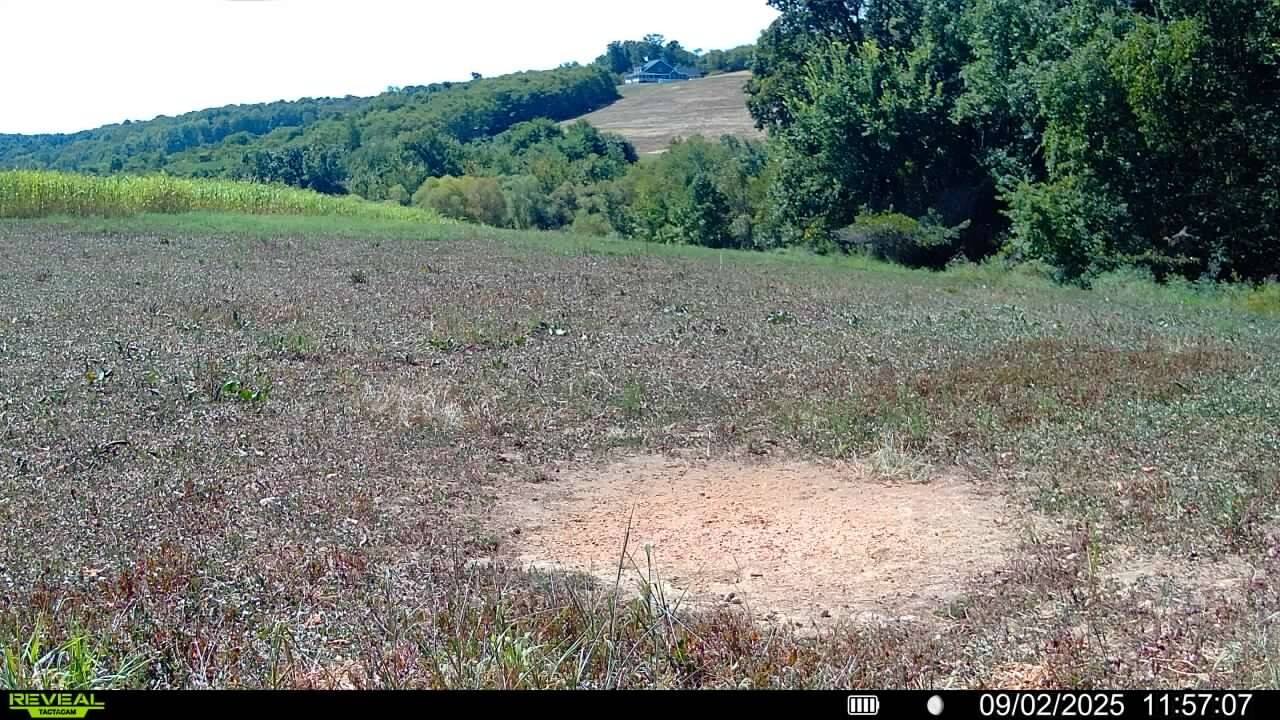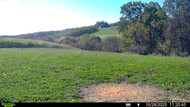Clover Genetics for Drought Tolerance: A Resilient Comeback
Carroll Johnson, III, PhD Agronomist and Weed Scientist
Late summer 2025 brought widespread drought across central and eastern United States. Food plots suffered. Questions and images poured in showing established Imperial Whitetail Clover severely impacted by the prolonged drought. As rainfall returned in early fall, Imperial Whitetail Clover began a remarkable recovery.
This recovery wasn’t just luck. It was genetics.
Whitetail Institute’s in-house clover breeding program has long prioritized drought tolerance. Over the years, the team has collected white clover plants from across the U.S., including hardy survivors from drought-prone regions including Texas.
By incorporating genetic material from these resilient specimens into the breeding program, Whitetail Institute infused Imperial Whitetail Clover with traits designed to withstand environmental stress. The result? A forage blend that not only delivers premium nutrition but also bounces back when conditions turn harsh.
These images tell a powerful story of resilence - proof that smart genetics and long-term breeding efforts pay off.
Commitment to Continuous Improvement
Whitetail Institute isn't stopping here. The team continues to collaborate with leading agricultural universities and internal research partners to push the boundaries of forage genetics. It's a long-term commitment, requiring patience, precision, and passion but the goal is clear: to deliver forage blends that perform under pressure and elevate the food plot experience for every land steward.
September 2, 2025: Imperial Whitetail Clover, drought-ravaged and struggling..

October 28, 2025: The same plots, revived and thriving after rainfall.


